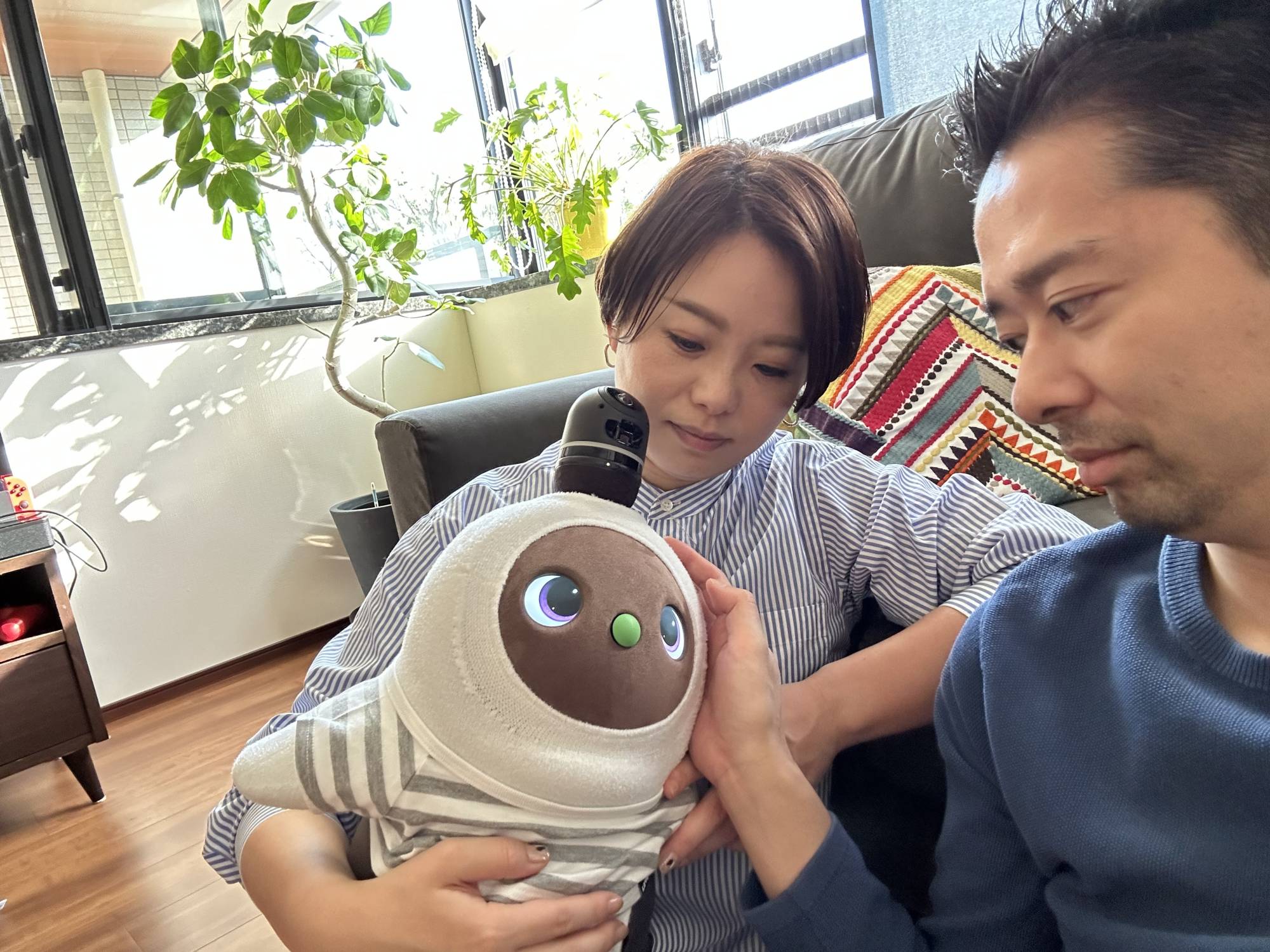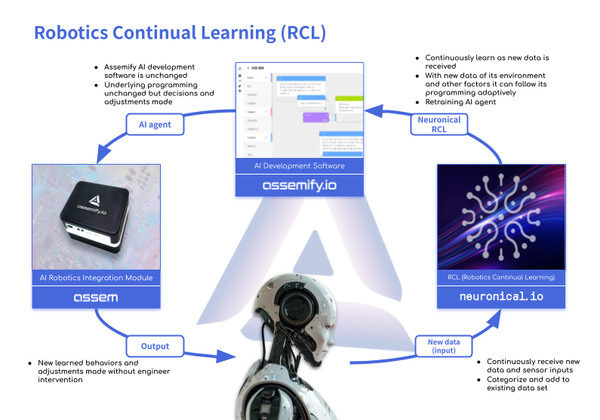Robot adoption and use-cases

- Intro
- Benefits of using robots in the workforce
- Different markets demand different robots
- America (Brazil, Australia etc.) and AgTech
- South Korea and service robots
- Japanese companion robot pets
- Future of robotics (closing)
Intro
The industrial revolution and its evolution into robotics have brought great changes and efficiencies in today's world. As in the past we couldn’t imagine the outcome of such drastic changes, now we wonder how AI will impact everyday life in the future. As companies and people race toward finding creative, effective and valuable ways of leveraging AI technologies, the future seems bright.
With robotics, industrial use cases were the main driving factor for its growth and development. Different sectors such as agriculture, logistics, manufacturing etc. have enjoyed its numerous benefits. With so many use-cases in today's world, we explore the differences in adoption across different markets. How and why different markets have different demands and use cases for robots.
Across the world, industrial and logistics robots are being used in large scale operations while more and more front facing robots are being utilized in the workforce. Companies that have the capacity to incorporate the usage of robots are seeing massive benefits. Companies that are able to incorporate robots into their workforce early are furthering the gap between themselves and their competitors.
Benefits of using robots in workforce
- Increased efficiency: As robots are tasked with specific jobs they are typically much more efficient at their jobs.
- Improved safety: As robots take over duties, injury risks and insurance claims are drastically lowered if not completely eliminated.
- Consistency in quality: As robots can execute tasks with very high degree of precision, repeatability and consistency.
- Around-the-clock operation: Unlike human workers, robots can work without sleep. Of course, wireless/mobile robots require charging down-time.
- Data collection: Robots equipped with sensors are often collecting data from sensors and can relay it back to the business for analysis.
- Competitive advantage: As robots often increase efficiency, consistency and are cost effective. Companies are able to capitalize on these benefits and gain a competitive edge.
Different markets demand different robots
America and AgTech
In the American market, robots, AI and drones are being leveraged in agriculture at large scales as it has experienced a steady decline in the agricultural work force and an increase in large scale agriculture operations. Also being a large service oriented country more and more cleaning robots are in demand, where robots can offset the cost of employee salaries. Due to Americas high wages, this puts pressure on companies to look into robots and other alternatives.


With the American market being service oriented and with steady wage increases, we do not see this trend changing anytime soon. Adoption of AgTech is also growing in places like Brazil and Australia.
South Korea and service robots
In South Korea, the service industry has been quick to adopt technologies to benefit its bottom line and service efficiency. With the widespread usage of self ordering tablets at tables and self checkout kiosks in stores, more and more businesses rely on new technologies, and customers are accustomed to using front facing technology and robots.
With robots being more cost effective than ever before, it's easy to see the adoption of robots in everyday service industries. Places like buffets and restaurants showcase these service robots with increased frequency, with some cafes being run fully autonomously.

The use of these simple robots help offset costs for the businesses and increase employee retention as they handle the task of shuttling dishes back and forth. Unlike in America with its tipping culture, in Korea food service, employees are paid regular salaries which make these robots more beneficial to the businesses that employ them.
All across Asia, more and more businesses are moving toward integrating service robots into their businesses. Increases in service robot utilization in healthcare, hospitality, food and beverage and information have been observed recently in Asian markets.
![[Graphics by Song ji-yoon and Minu Kim]](https://file.mk.co.kr/meet/neds/2024/04/image_readmed_2024_253156_17122804115905444.jpg)
Japanese companion robot pets
Japan, historically a leader in robotics manufacturing and development, has taken robot adoption in industry, service, and even in the home as companion robots. With the cultural acceptance of companion robots or robotic pets, we see robot pet models such as Lovot (Love x Robot) being leased out to people in their homes and cafes. Lovot is used to keep cafe customers happy and entertained without the downsides of having animals in a food and beverage environment.

Although other markets have tried this in the past, Japan's market is growing accustomed to this trend, as evidenced by the popularity of Lovot. With AI being incorporated into more and more robotics, we are seeing more 'helper' and 'companion' bots being developed recently.
The future of robotics (closing)
As we witness the rapid advancements and benefits of leveraging robotics in many different areas of our lives, we can bet that AI will remain pivotal in its development. As we are seeing the increasing intersection of AI and robotics within emerging markets, we aim to position ourselves as a major player in the field of AI-integrated robots. Robotics companies that are able to effectively leverage artificial intelligence properly will distinguish themselves from the competition and pioneer the critical use cases in this emerging market.





